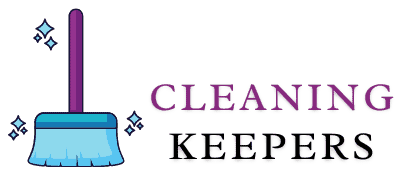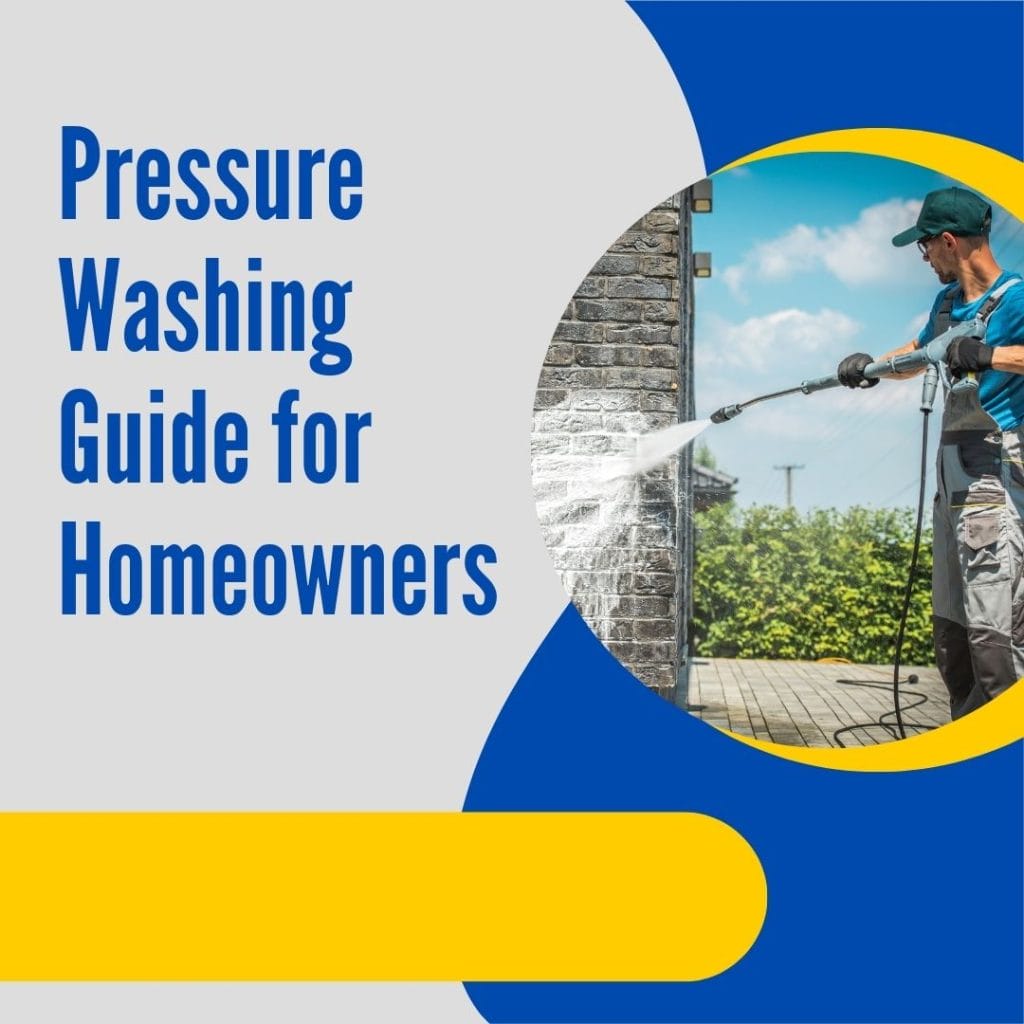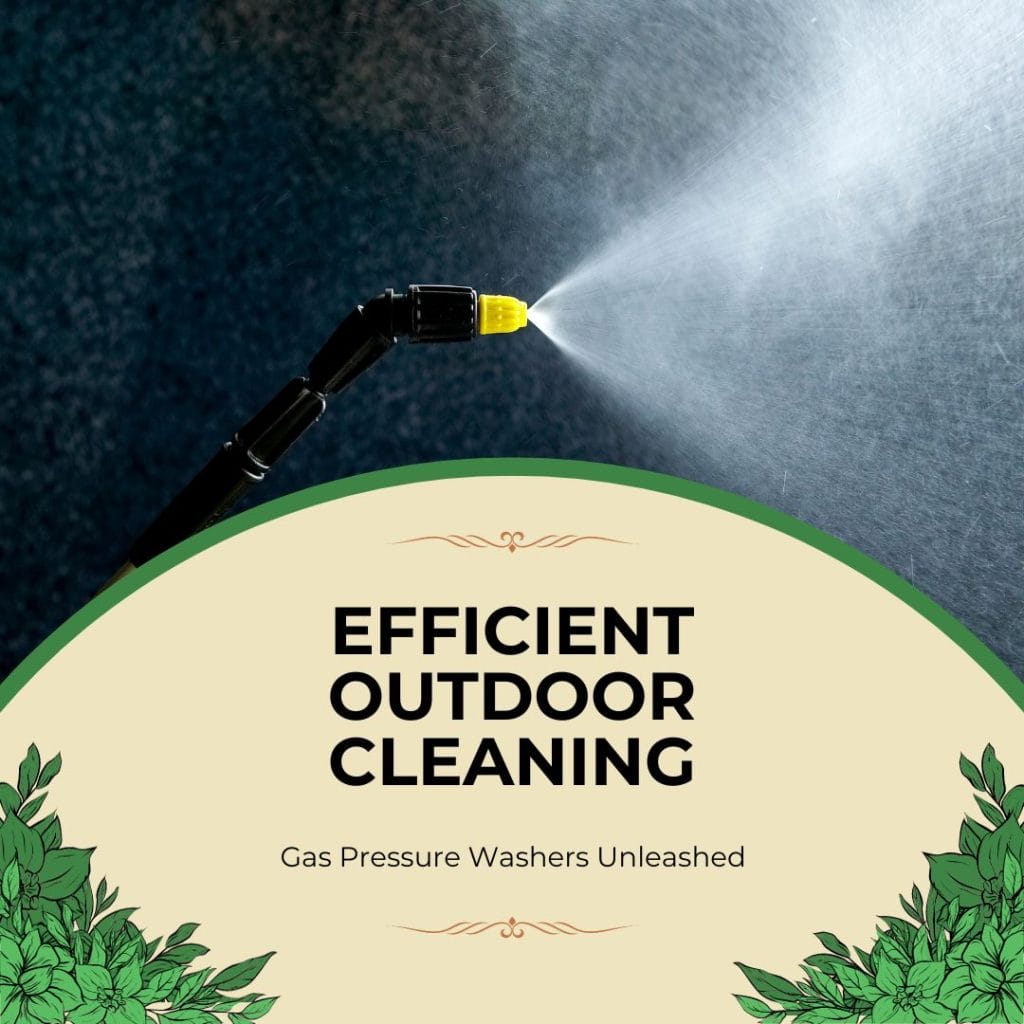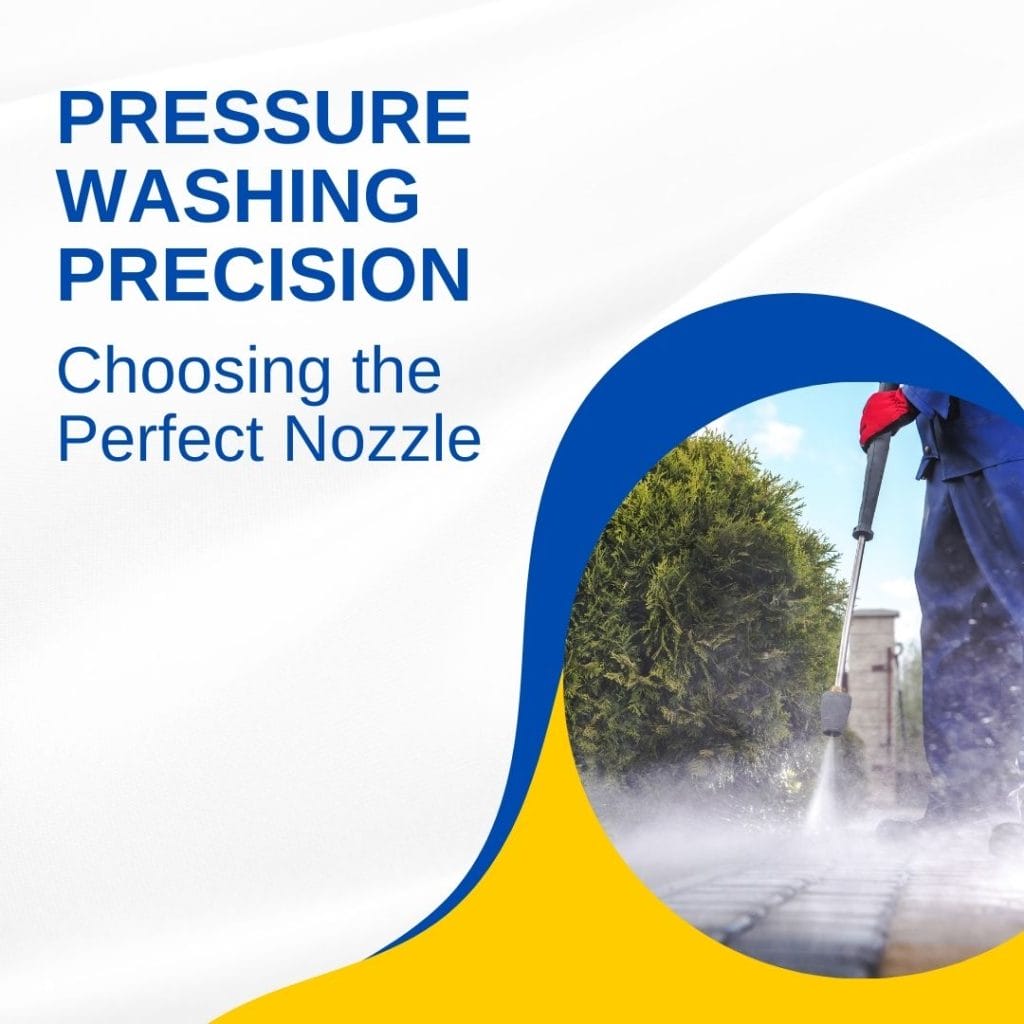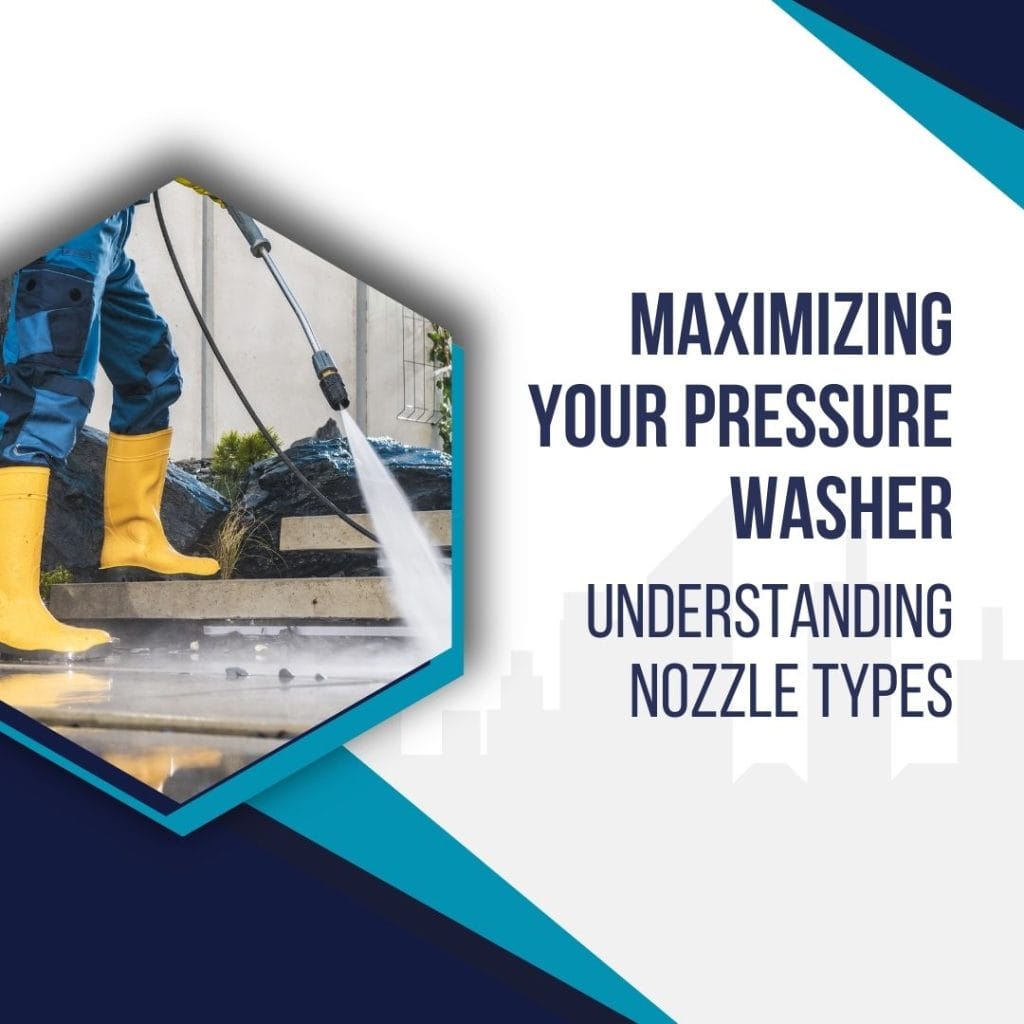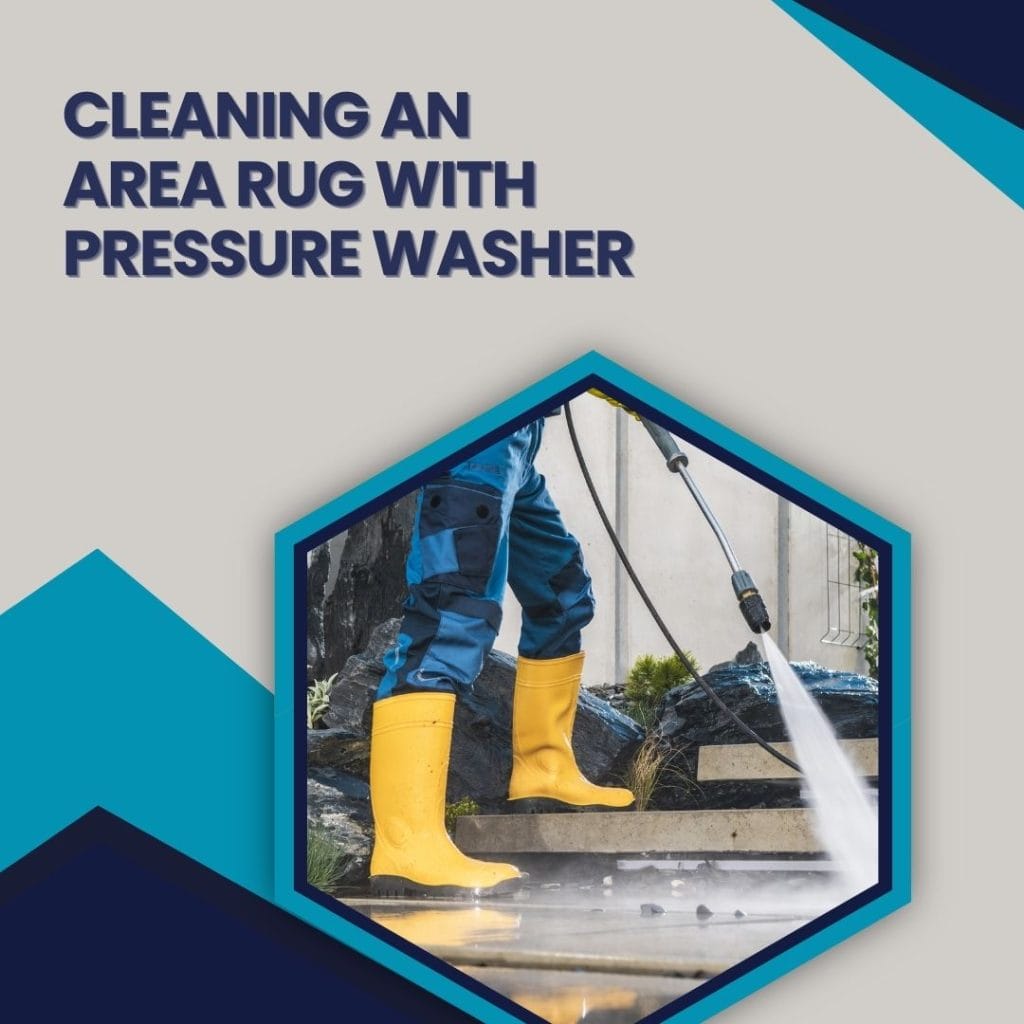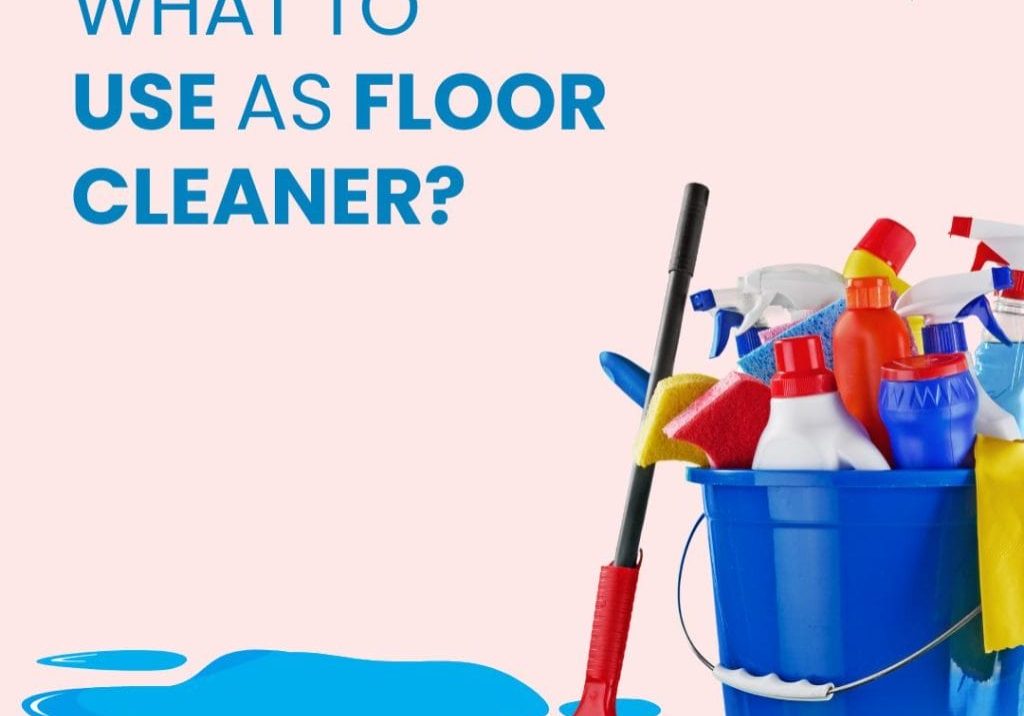Pressure washing, also known as power cleaning or power washing, is an effective method for eliminating dirt, grime, stains, mold, and various other pollutants from surfaces using a high-pressure water spray. This technique not only immediately improves your home’s aesthetic appeal but also plays a crucial role in its upkeep and enhances its value.
Beyond aesthetic enhancement, pressure washing offers additional advantages. It is an eco-friendly choice, consuming less water compared to traditional manual cleaning methods. Furthermore, it aids in preserving the condition of your home by preventing damage and reducing the need for frequent repairs. For comprehensive tips on house cleaning with this method, refer to our guide on house cleaning with a pressure washer.
For those interested in learning how to pressure wash their home, understanding its benefits, identifying which areas are suitable for pressure washing, and more, you’ve found the perfect resource.
Benefits of Pressure Washing
1. Transforming Your Home’s Exterior
The exterior of your home constantly battles against the elements, resulting in the inevitable accumulation of stains, dirt, and grime. Pressure washing not only cleans but also restores the natural beauty of your home’s exterior surfaces, transforming them from weathered and grimy to pristine and welcoming.
2. Preventing Long-Term Surface Damage
The build-up of dirt and grime on surfaces like wood, concrete, and vinyl is more than just an eyesore; it’s a potential cause of significant damage over time. Pressure washing serves as a proactive measure, removing these harmful layers and thereby safeguarding your home against long-term damage and decay.
3. Improving the Health of Inhabitants
Your home’s surfaces can harbor allergens and other health-affecting contaminants, adversely impacting the air quality around your residence. Regular pressure washing removes these harmful substances, thus contributing to a cleaner and healthier living environment.
4. Priming Surfaces for Improvement
Pressure washing plays a critical role in preparing surfaces around your home, like walls and fences, for upcoming renovations or improvements. Pressure washing effectively removes layers of accumulated dirt, providing a fresh and clean surface. This not only ensures better paint adhesion but also extends the lifespan of your new paint job.
Also, by eliminating the bulk of the old paint and grime, pressure washing significantly reduces the time and effort required for sanding, making your preparation process more efficient and less labor-intensive.
5. Boosting Curb Appeal for Potential Buyers
An exterior that is well-maintained and visually appealing creates a welcoming and attractive impression. Pressure washing is a straightforward yet effective way to enhance your home’s curb appeal, ensuring that it invites interest and attention from the outset, potentially increasing interest and perceived value among prospective buyers.
6. Car Washing
Pressure washers are not just for your home’s exterior; they can be effectively used for car cleaning as well. Learn more about the techniques and precautions in our guide on car cleaning with a pressure washer.
Essential Safety Tips for Using Pressure Washers at Home
Before exploring the various surfaces you can clean with a well powered pressure- washer in your home, it’s crucial to prioritize safety. Pressure washers are powerful tools, and their misuse can lead to serious injuries or damage. Adhering to safety guidelines ensures a safe and effective cleaning experience.
1. It Can Injure
Unlike a regular garden hose, a pressure washer emits water at incredibly high pressure. Misusing it, such as directing it at someone for fun, can have dire consequences. The force of the water can cause severe injuries, including skin lacerations and even blindness if aimed at the eyes.
Also, it is imperative to keep children away from high pressure hose during its operation. They could suffer significant and possibly permanent injuries. Engage children in indoor activities away from the area where the pressure washing is taking place.
2. Electrical Safety Precautions
Water’s conductivity makes it a hazardous mix with electricity. Before starting, ensure all outdoor electrical outlets are securely sealed with duct tape to prevent water intrusion. Also, be mindful of overhead power lines to avoid electrical accidents.
If you encounter issues like pulsating, our guide on fixing pressure washer pulsating.
3. Wear Safety Goggles
The act of pressure washing can dislodge particles and debris, posing a risk to your eyes. Wear safety goggles to shield your eyes from potential harm.
4. Avoid Using Ladders
For homes exceeding one story, pressure washing the higher areas poses additional risks. If you’re not a professional, consider hiring one or using lockable wheel scaffolding instead of a ladder. The recoil from a pressure washer can cause instability, making ladders unsafe for this task.
5. Grip the Pressure Washer Hose Firmly
Maintain a strong, two-handed grip on the hose at all times. The pressure and potential recoil demand a secure hold to prevent the hose from slipping away, which could lead to property damage or injuries to bystanders.
Note: Lastly, a critical aspect of safe pressure washer use is thoroughly understanding and following the manufacturer’s instructions. This includes setup, operation, and maintenance guidelines.
Understanding the types of pressure washer nozzles available and their uses can significantly enhance safety and efficiency.
Suitable Surfaces and Pressure Washing Tips
1. Driveways and Walkways
Driveways and walkways, typically composed of concrete or stone, are ideal candidates for pressure washing. These surfaces often accumulate noticeable stains and build-up. Follow the following steps to efficiently clean them:
- Preparation: Begin by sweeping the surface to remove loose debris. Also, remove any items such as lawn furniture, toys, or potted plants that could be damaged during the pressure washing process. This step is crucial for a safe and efficient cleaning experience.
- Pre-treatment: Tackle stubborn stains like grease or oil with a concrete cleaning solution, scrubbing the affected areas. Choose a detergent specifically formulated for concrete surfaces. Attach your spray wand, utilize the soap tip, and start applying the detergent evenly. Allow about 10 minutes for the detergent to penetrate the surface, setting the stage for a deeper clean.
- Selecting the Right Tools: Once the detergent has sufficiently soaked in, it’s time to tackle the dirt and grime. Switch to a high-pressure spray setting. Keep the nozzle at least 10 inches away from the surface to avoid damage. Employ smooth, back-and-forth motions, ensuring each pass overlaps by at least five inches for thorough coverage. For particularly stubborn areas, you may need to make multiple passes to achieve the desired cleanliness.
- Post-Cleaning Care: Seal the concrete to extend its lifespan and protect against future staining.
Learn how to effectively clean area rugs with a pressure washer in our dedicated guide on area rug cleaning with a pressure washer.
2. Brick Walls
When it comes to effectively cleaning brick surfaces, a careful and methodical approach is key to achieving the best results. Here’s a step-by-step guide to ensure your brick cleaning is both safe and effective:
- Surface Preparation: Start by thoroughly soaking the brick surface with water. This pre-wetting prevents the bricks from absorbing the cleaning detergents, which can be harsh.
- Testing the Pressure: Before diving into the main cleaning task, test the pressure washer on a small, inconspicuous area of the brick. This step helps you determine the right amount of pressure needed to clean effectively without causing damage.
- Applying Detergent: Use a detergent specifically designed for cleaning brick. Apply it from the bottom upwards to avoid streaking. Once applied, let the detergent sit and penetrate the brick for about 5-10 minutes. Ensure the detergent doesn’t dry out completely on the surface.
- Rinsing Off: Complete the process by rinsing the surface with high-pressure washing, ensuring all detergent and residual grime are washed away.
- Apply Sealant: For additional protection and maintenance, consider applying a brick-and-mortar sealant.
Remember, while pressure washing can be highly effective for cleaning bricks, the right preparation, pressure, and cleaning agents are essential to protect the integrity of the brick and achieve a pristine finish.
For Painted Surfaces: Opt for a lower-pressure water stream, especially if the paint is old. Avoid pressure washing surfaces with lead-based paint, as it can release harmful particles into the air.
3. Vinyl Siding
Vinyl siding is a favored option for homes due to its low maintenance, cost-effectiveness, and the advantage of never needing painting. However, it’s also prone to accumulating mold, mildew, dirt, and debris. For optimal results, consider using the best vinyl siding cleaner for pressure washers which is specifically designed for this purpose.
When it comes to pressure washing vinyl siding, careful attention is needed due to its malleability; too much force can damage it.
- Preparing the Area: Before you start, scan the surroundings of your home. Protect any nearby shrubs or bushes with drop cloths or plastic tablecloths to shield them from the high-pressure spray.
- Selecting the Right Tools: Choose an appropriate quick-connect nozzle: the 15-degree quick-connect nozzle is recommended for its suitability for vinyl. Maintain a distance of 3 to 4 feet from the siding and keep the nozzle moving constantly to prevent surface damage.
- Testing and Pre-Rinsing: It’s always wise to test the pressure washer on a small area of the vinyl to determine the necessary pressure level. Begin the cleaning process by pre-rinsing your siding with clean water, starting from the top and working your way down.
- Applying Detergent: Switch to a lower pressure setting for applying detergent. Start from the bottom and move upwards in smooth, steady strokes from left to right. Keep the wand angled slightly downward to prevent water from getting under the siding.
- Final Rinse: Conclude your cleaning by gently rinsing off the detergent, starting from the top and moving downwards. This ensures all residue is thoroughly washed away, leaving your vinyl siding clean and unharmed.
4. Wooden Decks and Patios
Power washing can breathe new life into your patios and wooden decks. Each surface, however, requires specific care:
For wooden decks, it’s important to manage the water pressure. Excessive force can cause wood splintering and damage. Post-washing staining of the deck is recommended to enhance its durability and appearance.
For patios, exercise caution to avoid dislodging joint sand. After washing, resealing the patio is crucial to protect it from weathering and wear.
Here’s a step-by-step guide for cleaning wooden decks and patios with the electric pressure washers below.
- Initial Cleaning: Start by sweeping your deck or patio to remove loose debris and dirt. Follow this with a thorough rinse, ensuring the surface is completely wet. This pre-cleaning stage is crucial for an effective and safe pressure-washing process.
- Finding the Right Pressure: Before you begin the main cleaning, test your pressure washer on a small, inconspicuous area of the deck or patio to determine the ideal pressure level to effectively clean without causing damage.
- Choosing Nozzles Wisely: Opt for a 25-degree quick-connect nozzle. This nozzle size is optimal for removing dirt, mud, and mildew, offering a balance between cleaning power and surface safety.
- Technique Matters: Maintain a distance of 8 to 12 inches from the surface. Use a sweeping motion that follows the wood grain to prevent damage. Constantly move the nozzle to avoid creating uneven spots or lap marks.
- Post-Wash Care: After pressure washing, allow your deck or patio to dry thoroughly for at least 24 hours. To further protect and enhance their look, consider applying a high-quality deck coating or sealant. This additional step not only extends the life of your deck or patio but also maintains its aesthetic appeal.
In essence, caring for your deck or patio involves more than just occasional cleaning. By adopting the right pressure washing techniques and applying protective finishes, you can ensure that your furniture remains a cherished and pristine part of your home for years to come.
5. Fences and Gates
Whether they’re made of metal or wood, fences, and gates can greatly benefit from pressure washing:
For Wooden Fences and Gates: Start with a lower water pressure to prevent damage, gradually increasing it if the wood can withstand it. After cleaning, applying a stain can help preserve the wood and improve its look.
For Metal Fences and Gates: Ensure the pressure is adequate to remove dirt and grime without causing damage to the metal or its protective coatings.
Here’s an expert step-by-step guide to pressure washing your fence.
- Initial Setup: Start by clearing away any objects near the fence line. This includes covering plants and bushes to protect them from potential damage. Clearing the area ensures you have unobstructed access to the entire fence, making the cleaning process more efficient and effective.
- Nozzle Selection: For most fence cleaning tasks, a 25-degree quick-connect nozzle is an ideal starting point. It offers a balance of cleaning power without being too harsh. If you encounter particularly stubborn dirt, you can switch to a more powerful 15-degree nozzle. Remember to maintain a safe distance from the fence to prevent any damage from the pressure.
- Effective Cleaning Solution: Use a commercial-grade detergent for optimal results. Hold the sprayer about 3 to 4 feet from the fence while applying the detergent. Allow around 10 minutes for the solution to penetrate and loosen the dirt. Important for wooden fences: Keep the sprayer moving and use various angles to prevent damage to the wood. If necessary, move in closer to tackle more stubborn areas.
- Final Cleaning Step: Once the detergent has done its job, thoroughly rinse your fence with fresh water. This step is crucial to remove all cleaning agents and dislodged dirt, leaving your fence clean and refreshed.
6. Preparing Outdoor Furniture for Seasons Change
As the fall season approaches, it’s time to think about storing your patio furniture. Pressure washing is an excellent way to rejuvenate your outdoor furniture after prolonged use or storage. Here’s how to approach different materials:
- For Wooden Furniture: Be gentle to avoid damaging the wood. Consider using a soft brush attachment and lower pressure settings.
- For Other Materials: Adjust the pressure according to the durability of the material, ensuring effective cleaning without causing harm.
7. Garage Doors and Floors
The garage is often subject to tough stains, from oil leaks to tire marks and general wear and tear. Pressure washing on a high setting can effectively remove these tough stains. Here’s how to approach it:
- Preparation: Start by scrubbing the area with a surface cleaner, especially for persistent stains.
- Pressure Washing: Use a high-pressure setting to deeply clean and renew your garage floors, making them look almost as good as new.
For better efficiency, try using a best surface cleaner for gas pressure washers, especially designed for tough stains.
8. Restoring Gutters
Gutters, when clogged or discolored, not only detract from your home’s appearance but can also lead to costly damage. Pressure washing is a viable solution to clean and restore them, enhancing your home’s overall look. This method is also effective for cleaning soffits, ensuring a comprehensive exterior clean.
For a step-by-step guide on cleaning gutters and soffits, see our pressure washing gutters and soffits guide.
9. Pool Decks
Pool decks are exposed to various elements, from pool chemicals and bacteria to mud, leading to a less-than-desirable appearance over time. Here’s how to revitalize your pool area:
- Gentle Cleaning: Use a soft pressure wash combined with specialized brushes and surfactants. This method cleans effectively without causing damage to the deck.
- Attention to Detail: Focus on removing grime and restoring the original look of the pool deck, ensuring it’s both clean and inviting.
For more detailed information on cleaning pools and spas, check out our pressure washing pools and spas guide.
How Often Should You Pressure Wash Your Home?
Maintaining the exterior of your home through pressure washing is not just about aesthetics; it’s a crucial part of home upkeep. The general recommendation is to pressure wash your house at least once a year. This periodic cleaning helps to preserve the integrity and appearance of your home’s exterior.
As the seasons change, it’s important to prepare your pressure washer for winter. Get detailed instructions on how to do this in our article on how to winterize your pressure washer.
Tailoring the Schedule to Your Home’s Location
The frequency of pressure washing can vary depending on your home’s location and its exposure to environmental factors. For instance, homes in densely populated urban areas or coastal regions, which are more prone to dirt accumulation and salt spray, may require pressure washing every six months. This more frequent schedule helps to counteract the harsher conditions these homes face.
Choosing the Right Time for Pressure Washing
Timing is everything when it comes to pressure washing. The best periods are typically late spring or early fall. These seasons offer optimal weather conditions that prevent your home from quickly accumulating dirt and grime after washing. Additionally, scheduling a pressure wash just before listing your house for sale can significantly enhance its curb appeal, potentially increasing its market value.
DIY vs. Professional Pressure Washing: Making the Right Choice
When it comes to pressure washing your property, the decision between a do-it-yourself approach and hiring a professional service can be challenging. Here’s a detailed comparison to guide your choice:
DIY Pressure Washing
- Cost-Effectiveness: Opting for DIY is generally less expensive since it eliminates labor costs.
- Quality of Results: While you can achieve good results, they may not match the high standards set by experienced professionals.
- Time and Effort: DIY pressure washing requires a significant investment of your time and physical effort.
- Safety Concerns: There’s a risk of injury or property damage due to the improper use of equipment, especially for those unfamiliar with pressure washers.
- Potential for Damage: Incorrect handling or choice of settings can lead to unintended damage to surfaces.
For outdoor cleaning, explore tips and tools in our guide on gas pressure washer outdoor cleaning.
Hiring Professional Pressure Washing Services
- Higher Cost: Professional services are more costly, reflecting the expertise and equipment used.
- Superior Quality: Professionals bring experience and knowledge, leading to higher quality results.
- Convenience: Hiring a service eliminates the need for your time and effort.
- Safety Assured: Professionals are trained to use equipment safely, reducing the risk of injury and property damage.
- Customized Cleaning: Experts understand the specific needs of different areas and surfaces, minimizing the risk of damage.
Making the Decision
Ultimately, the decision hinges on the scope and complexity of the cleaning job. For extensive or challenging tasks, especially in situations like cleaning tall buildings, it’s advisable to opt for professional services. Their expertise not only ensures safety and efficiency but also guarantees a level of cleanliness that might be hard to achieve through DIY methods.
Conclusion
This comprehensive guide has provided you with valuable insights and practical steps to effectively use a pressure washer for various home cleaning tasks. From rejuvenating your decks, patios, and driveways to refreshing your home’s siding and fence, we’ve covered the essentials of pressure washing. By understanding the importance of selecting the right equipment, such as the appropriate nozzles and detergents, and mastering the correct techniques with gas pressure washer, you can ensure a safe and effective cleaning process.
Remember, the key to successful pressure washing lies in the preparation of the area, the careful selection of tools and cleaning agents, and the meticulous application of these resources. Whether you’re tackling a small-scale cleaning project or a larger, more complex task, these guidelines will help you achieve optimal results, enhancing the aesthetic and longevity of your property.
With this knowledge, you’re now equipped to handle a variety of pressure washing projects, ensuring your home not only looks its best but is also maintained in top condition. So, embrace the power of pressure washing and see the transformative impact it can have on your home’s appearance and value.
